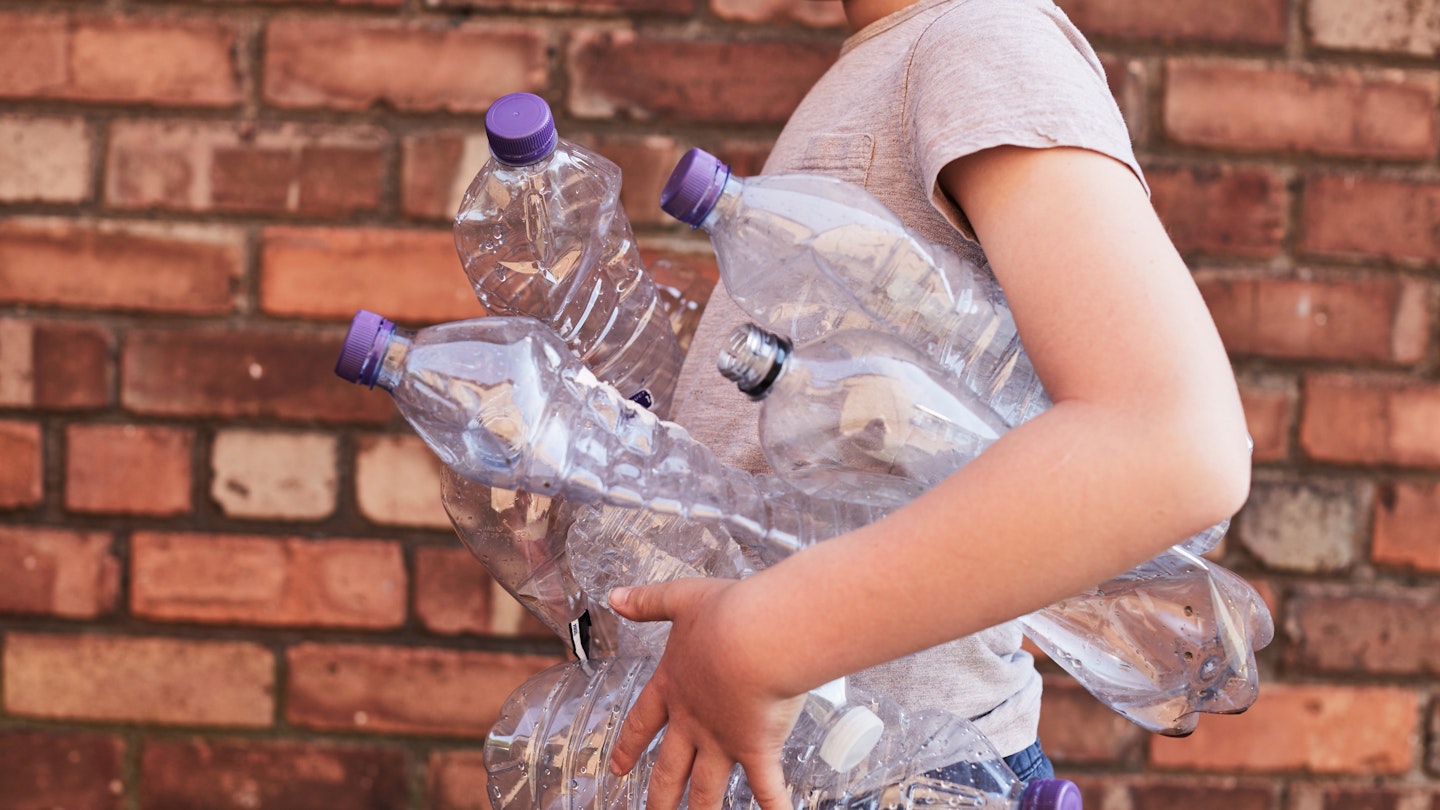If you think saving the planet from climate change is the biggest challenge to our children’s future, a new study has flagged up a sinister health threat much closer to home: microplastics.
According to new findings from the University of Portsmouth there’s so much synthetic material in our homes we might be breathing in up to 7,000 microplastic particles a day. ‘These particles are synthetic, indoor dust, and are created when a chemical constituent is added to plastic to give it certain properties, for example, to make it flexible or flame retardant, and it’s therefore susceptible to leak out,’ explains Dr Stephanie Wright, Lecturer in Environmental Toxicology at the Environmental Research Group, Imperial College, London. ‘These plastic particles are floating in the air and can be so small they can get into the deeper airways and lungs and have been linked to serious health issues such as asthma, cardiovascular disease, diabetes and hormone disruption.’
Classic shedders of microplastics are carpets, sofas, bedding, soft toys and clothes - synthetic items made of nylon and polyester that our children wear, roll around on and play with every single day.
Even baby bottles have come under scrutiny, with a paper published by Trinity College, Dublin last year showing that up to 16.2 million bits of microplastic were found in every litre of formula made in polypropylene baby bottles and sterilising them in hot water “significantly” increasing the release of plastics.
So how can we pollution-proof our homes to make them safer for our children?
‘The first step would be to reduce the amount of synthetic material around them as much as possible and to bring in items made of natural materials such as wood, cotton, wool and linen – and swap plastic baby bottles for glass ones if you can,’ says Wright.
This means that snuggling up to a soft toy in bed is no longer such a great idea for kids.
‘Soft toys get thrown around and cuddled and are more likely to release synthetic dust,’ says Angela Terry, environmental scientist and founder of onehome.org.uk. ‘Instead of having toys in bed or loose in the room, do it the old-fashioned way and have a toy box where they can be stored and kept.’
Terry also thinks we can more mindful in the run up to Christmas. ‘Check product packaging and labels and avoid buying plastic toys and synthetic clothes and think about toy swaps instead,’ she says.
Shoving bottles of water in kids’ packed lunches is best avoided too. Canadian research from 2019 found that bottled water contains 22 times more microplastics than tap water, so it makes sense to switch to drinking tap water out of recyclable bottles or, as Terry advises, ‘invest in a Soda Stream.’
Now may also be the time to think about how often you do laundry. Microplastics are released by the movement of washing and tumbling clothes made of synthetic materials and, while there is no suggestion that underwear shouldn’t be regularly washed, Terry believes more hard-wearing items such as jeans and sweaters should be washed less.
‘Every time clothes are washed, they are agitated and release more microplastics which will then go into the water which we drink,’ says Terry. ‘You can buy washing bags now with earth-friendly filter meshes to catch man-made microfibres or you can avoid putting clothes into the laundry after one wear and do more spot staining of clothes.’
Natalie Fée, founder of citytosea.org.uk and author of How to Save the World for Free isn’t surprised by the new study on microplastics as, ‘the western world has very much shifted towards a synthetic culture.’ Fée believes we need to revert to old-style clothing, choosing organic cottons, wools and linens and vacuuming our homes more often – ‘at least once a week’ – with a vacuum cleaner that ideally has a HEPA (high-efficiency particulate absorbing) filter which will help to remove most of the synthetic dust.
‘You could even think of installing a HEPA air filter in your home – many modern homes have it – as this will work well to suck up particles,’ adds Fée.
All the experts recommend more ventilation in our homes, even in winter. ‘We don’t open the windows at home enough and we need to do this, even for a short while every day, to keep air circulating and improve the quality,’ says Terry.
Wright agrees, adding that cars need ventilation too: ‘Microplastics will also be circulating in the indoor car environment from the synthetic fabric seating and our clothes, although opening the window in a busy road where there are car fumes and outdoor air pollution isn’t a good idea because that’s even worse.’
If you really want to start minimising your children’s inhalation of microplastics, bringing them into the conversation is essential.
‘Information is power and if you explain that plastics are a chemical processed from fossil fuels and this is an extraction process we’re trying to move away from, they will understand why these changes are occurring and want to get on board,’ says Fée.
Terry agrees. ‘We don’t want to worry our children or instil them with fear,’ she says. ‘We just want to tell them we want to protect the planet and ourselves and it’s far better if we walk or cycle, keep our toys in a box or wash our clothes less. They need to have advocacy and feel they’re doing something to help tackle this crisis too.’
